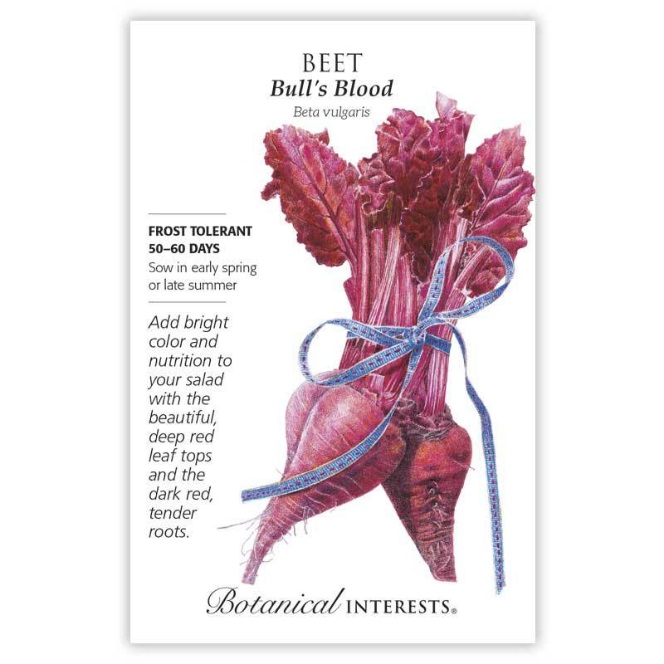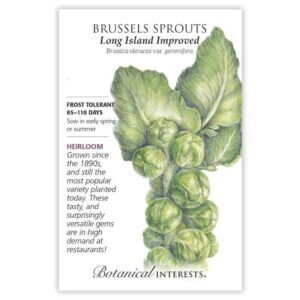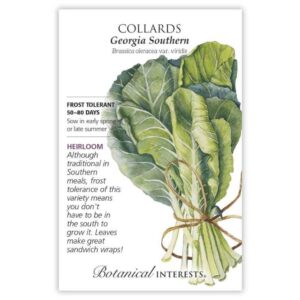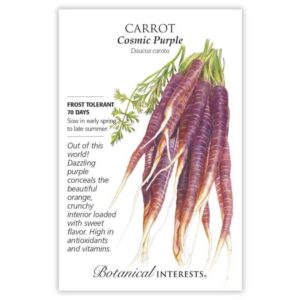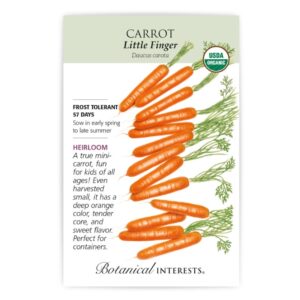Description
Add a splash of deep burgundy to your garden and plate with 'Bull's Blood' beets! This heirloom variety is prized for its tender, sweet, dark red foliage that doubles as a flavorful and nutritious addition to salads. Selected for its striking color, 'Bull's Blood' produces 2″–3″ candy-striped roots that are delicious when harvested young. Ideal for both greens and roots, this frost-tolerant biennial thrives in containers and garden beds, offering multiple crops in mild climates.
This packet sows up to 26 feet. 75 seeds.
Variety Info:
Botanical Name: Beta vulgaris
Days to Maturity: 50–60 days
Family: Amaranthaceae
Native: Europe, Asia, and the Mediterranean region
Hardiness: Frost-tolerant biennial grown as an annual
Plant Dimensions: Leaf tops to 16″ tall
Variety Information: Dark red roots are 2″–3″ in diameter and may have candy-striped zoning throughout the interior. 'Bulls Blood' is an excellent variety for the small, tender, beautifully colored tops that are tasty in salads. Burgundy leaf tops are most tender at baby green size. Dark red roots are sweet and flavorful.
Attributes: Good for Containers
Sowing Info:
When to Sow Outside: RECOMMENDED. 2 to 4 weeks before your average last frost date, when soil temperature is at least 45°F, ideally 60°–85°F, for early summer crop. 6 to 8 weeks before your average first fall frost date for late summer/fall crop. Mild Climates: Sow fall through winter.
When to Start Inside: Not recommended. Root disturbance delays maturity.
Days to Emerge: 5 – 21 days
Seed Depth: ½”
Seed Spacing: 1 seed every 4″
Row Spacing: 12″
Thinning: When 2″ tall, thin to 1 every 4″
Growing Info:
Harvesting: For early spring sowings, harvest beets before summer heat. For late summer sowings, harvest before first heavy freeze. For winter sowings in mild climates, harvest in early spring. Harvest when roots are anywhere from 1″-3″ in diameter. The smaller they are, the more tender. Greens are most tender when small, so start harvesting when they are 2″ tall. You can take as much as one third of a beet plant's outer leaves without harming the root crop.
